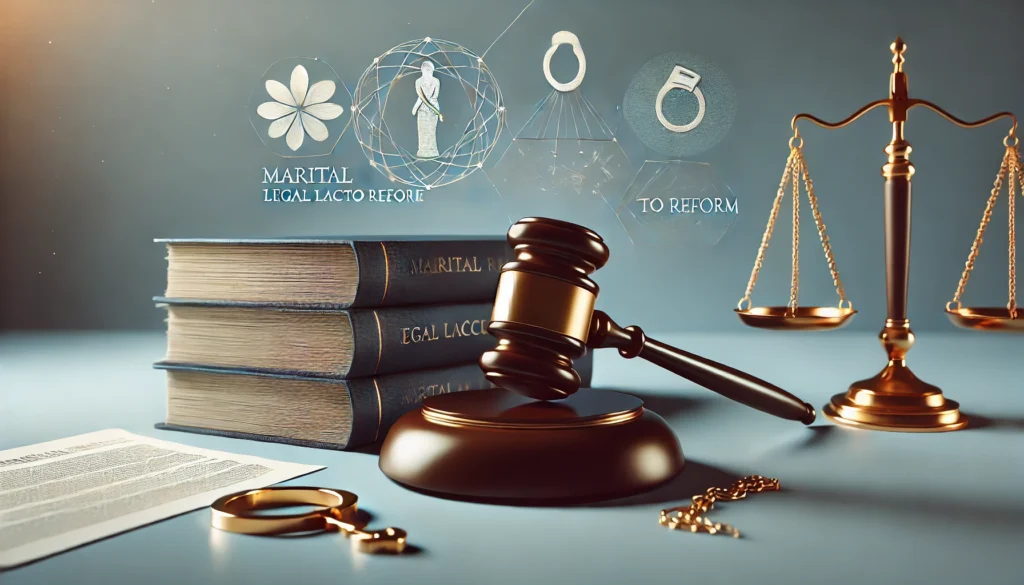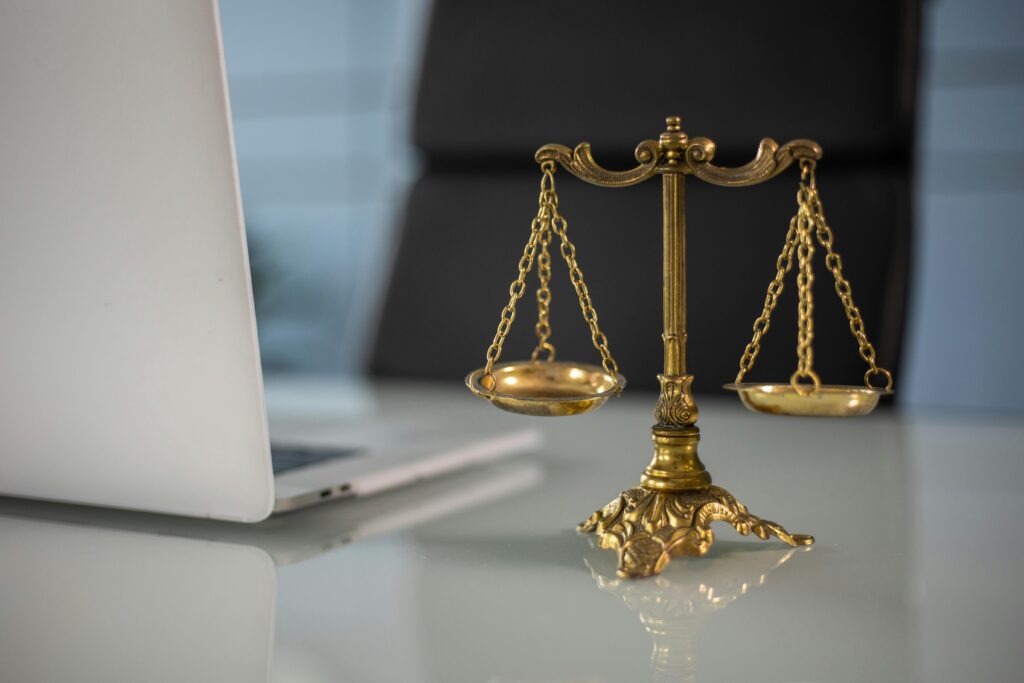Published on 31st March 2025
Authored By: Faisal Rizwi
The ICFAI University, Dehradun
Introduction
Hate speech remains a contentious legal and social issue in India—a nation marked by its linguistic, religious, and cultural pluralism. Broadly defined, hate speech encompasses any expression that demeans, incites violence against, or fosters hostility toward individuals or groups based on characteristics such as religion, caste, ethnicity, or gender. Such speech can erode social cohesion, intensify communal tensions, and sometimes trigger violence. The primary challenge for lawmakers and the judiciary is to balance the constitutional guarantee of free speech with the need to restrict expressions that might harm individuals or disrupt public order.
This article provides a comprehensive overview of India’s legal framework on hate speech. It examines constitutional and statutory provisions, analyses key judicial interpretations, and discusses enforcement challenges. Additionally, the text offers a comparative perspective with international models and suggests reforms to address evolving digital challenges and political misuses—all within the context of modern communication dynamics.
Constitutional and Statutory Framework
Constitutional Provisions
The right to freedom of speech and expression is enshrined in Article 19(1)(a) of the Indian Constitution, which is foundational for a democratic society. However, Article 19(2) allows the state to impose “reasonable restrictions” on this right for reasons including public order, decency, morality, security, and national sovereignty. This dual framework means that while individuals have a right to express ideas—even controversial ones—speech that poses a threat to societal harmony or incites violence may be lawfully curtailed.
Indian courts have grappled with defining the boundaries between protected speech and hate speech. The Supreme Court has made clear that speech inciting violence or causing public disorder does not merit constitutional protection. Despite these efforts, the absence of a precise statutory definition of hate speech creates ongoing debates among legal scholars about whether current restrictions are overly vague or, conversely, excessively limiting.
Statutory Provisions
Hate speech is regulated primarily through provisions in the Indian Penal Code (IPC), the Bharatiya Nyaya Sanhita (BNS), and supplementary legislation:
- Section 153A of the IPC and Section 196 of the BNS: Criminalizes acts that promote enmity between different religious, racial, linguistic, or regional groups. It also penalizes actions that disrupt public harmony by fostering hostility among communities. The Bharatiya Nyaya Sanhita (BNS) further refines these provisions to address contemporary challenges, particularly in the digital space, ensuring stricter accountability for hate speech propagated online.
- Section 295A of the IPC and Section 299 of the BNS: Punishes acts that deliberately outrage religious sentiments. It also seeks to prevent communal disharmony by criminalizing malicious and intentional insults to religious beliefs. The Bharatiya Nyaya Sanhita (BNS) expands on these provisions to enhance the legal framework against hate speech, particularly addressing contemporary challenges in digital and public discourse.
- Section 505 of the IPC and Section 353 of the BNS: Targets statements likely to incite public disorder or violence. It also includes provisions to penalize speech that spreads false information to create panic or fear among the public. The Bharatiya Nyaya Sanhita (BNS) further strengthens these provisions by incorporating stricter penalties for misinformation and hate speech dissemination in digital platforms, ensuring enhanced accountability.
Additional legal instruments include the Representation of the People Act, 1951, which prohibits hate speech during election campaigns, and the Information Technology Act, 2000, which addresses online hate speech. Notably, Section 66A of the IT Act was struck down by the Supreme Court in Shreya Singhal v. Union of India (2015) for being overly vague and suppressive of free speech.
The newer legal framework provided by the Bharatiya Nyaya Sanhita (BNS) aims to update hate speech laws, especially concerning digital communication. Various state laws further complicate enforcement by introducing additional layers of regulation.
Judicial Interpretations and Precedents
Key Supreme Court Decisions
Several landmark cases have shaped the jurisprudence on hate speech:
- Ramji Lal Modi v. State of Uttar Pradesh (1957): One of the earliest cases that upheld restrictions on speech intended to insult religious sentiments, affirming that free speech does not extend to inciting public disorder. The ruling set a precedent for interpreting reasonable restrictions under Article 19(2) of the Constitution.
- Pravasi Bhalai Sangathan v. Union of India (2014): Emphasized the need for precise legislative definitions to avoid arbitrary enforcement. The case also highlighted the necessity for proactive regulatory measures to curb hate speech while maintaining constitutional freedoms.
- Shreya Singhal v. Union of India (2015): Struck down Section 66A of the IT Act, setting an important precedent that restrictions on online speech must be clear and narrowly tailored. The judgment reinforced the importance of protecting free speech in digital spaces while ensuring that laws do not become tools for arbitrary suppression.
- Amish Devgan v. Union of India (2020): Clarified distinctions between offensive speech and hate speech that incites violence or communal disharmony, exposing inconsistencies in enforcement. The judgment also reinforced the need for a nuanced approach in assessing intent, context, and impact while adjudicating hate speech cases.
These decisions illustrate the courts’ ongoing struggle to balance free expression with the need to prevent harm. The evolving nature of communication, especially in digital spaces, continues to challenge traditional legal interpretations.
Theoretical Perspectives
Debates on hate speech regulation often juxtapose the “harm principle” against the “marketplace of ideas” theory. Proponents of the harm principle argue that speech should only be restricted when it poses a clear, direct threat to public safety. In contrast, advocates of the marketplace of ideas maintain that even offensive speech is essential for democratic discourse. In India, the selective application of hate speech laws—where dissenting voices sometimes face legal action while powerful figures do not—has led to critiques that these laws may be used politically rather than strictly for public protection.
Challenges in Enforcement and Political Misuse
Selective Application and Political Influence
A significant concern is the uneven enforcement of hate speech laws. In practice, influential political figures often escape legal repercussions for inflammatory remarks, whereas journalists, activists, and members of minority communities may face stringent legal actions. For example, in Amish Devgan v. Union of India (2020), a journalist was charged for remarks that received comparatively harsher treatment than similar statements made by prominent leaders. This selective enforcement undermines the credibility of the legal framework and raises questions about its potential misuse for suppressing dissent.
Digital Hate Speech and Online Regulation
The digital age has introduced new complexities in regulating hate speech. Social media platforms, with their algorithm-driven content distribution, can amplify divisive and inflammatory messages rapidly. The proliferation of misinformation, deepfakes, and automated bots further exacerbates the problem. In response, efforts to address these challenges include fact-checking initiatives, stricter content moderation policies by tech companies, and proposals for enhanced government regulation. The Intermediary Guidelines and Digital Media Ethics Code, 2021 is one such attempt to hold online platforms accountable, although enforcement remains inconsistent.
Comparative Perspectives: International Approaches
India’s approach to hate speech is often compared to those in other democratic nations:
- United States: The U.S. provides robust protection for speech under the First Amendment, only restricting speech that incites imminent lawless action, as established in Brandenburg v. Ohio (1969). This model prioritizes free expression even if it occasionally leads to social harm. However, in recent years, there have been growing debates on regulating hate speech in online spaces, especially concerning misinformation, extremist content, and the role of social media platforms in amplifying divisive narratives.
- European Union: European countries, such as Germany and France, have stricter hate speech laws that criminalize Holocaust denial, incitement to racial hatred, and other forms of extremist speech. These laws are reinforced through stringent online content regulations, requiring social media platforms to swiftly remove hate speech and misinformation to prevent social unrest.
- United Kingdom: The UK maintains a balance by protecting free speech while enforcing laws against hate speech that targets protected characteristics. Additionally, the UK has implemented online safety measures requiring digital platforms to remove harmful content swiftly to prevent its spread.
While India’s legal framework aligns more closely with European models by allowing restrictions on harmful speech, the lack of precise definitions and uniform enforcement mechanisms creates challenges that differ from those encountered in other jurisdictions.
Recommendations for Reform
- Clarify Legal Definitions: Legislators should adopt a precise definition of hate speech that differentiates between offensive, yet protected, expression and speech that incites violence or hatred. This definition should align with international human rights standards while considering India’s unique socio-political landscape to ensure fairness and consistency in enforcement.
- Strengthen Digital Legislation: Update and expand digital laws to address emerging challenges such as AI-generated hate speech and misinformation. Introduce stricter penalties and clearer guidelines for social media platforms to ensure timely removal of harmful content while safeguarding free expression.
- Enhance Monitoring and Oversight: Create independent bodies to monitor the implementation of hate speech laws and ensure that enforcement is consistent and free from political interference. These bodies should also collaborate with civil society organizations and technology firms to develop effective mechanisms for tracking and reporting hate speech incidents.
- Promote Public Awareness: Implement media literacy programs to equip citizens with the skills to identify and counter hate speech. Encourage collaboration between educational institutions, media organizations, and civil society to foster critical thinking and responsible digital behaviour.
Conclusion
Hate speech regulation in India is a multifaceted challenge that intersects legal, technological, and social dimensions. The rapid evolution of digital platforms has intensified the spread of hate speech, requiring a dynamic legal framework that adapts to these changes. Law enforcement agencies face difficulties in effectively identifying and prosecuting hate speech offenders due to the sheer volume of online content. Additionally, balancing legal restrictions with the fundamental right to free speech remains an ongoing debate. A comprehensive approach involving legal reforms, digital regulations, public education, and international collaboration is essential to strike a balance between free speech and social harmony while ensuring that vulnerable communities are protected from harmful rhetoric.
References
- Constitution of India, art 19(1)(a)
- Constitution of India, art 19(2)
- Indian Penal Code 1860, s 153A
- Bharatiya Nyaya Sanhita 2023, s 196
- Indian Penal Code 1860, s 295A
- Bharatiya Nyaya Sanhita 2023, s 299
- Indian Penal Code 1860, s 505
- Bharatiya Nyaya Sanhita 2023, s 353
- Representation of the People Act 1951
- Information Technology Act 2000, s 66A
- Ramji Lal Modi v State of Uttar Pradesh AIR 1957 SC 6203
- Pravasi Bhalai Sangathan v Union of India (2014) 11 SCC 4774
- Shreya Singhal v Union of India (2015) 5 SCC 1
- Amish Devgan v Union of India (2021) 1 SCC 1
- Brandenburg v Ohio, 395 US 444 (1969)




